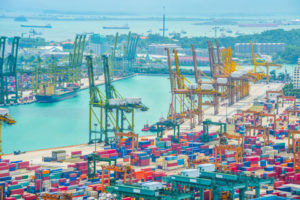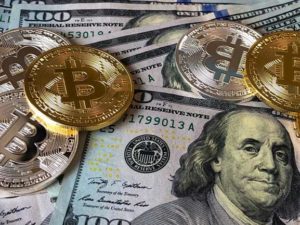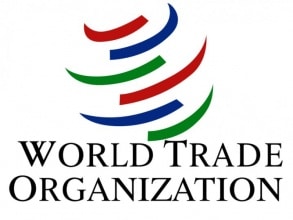
Introduction to the Global Economy
Global Economics
Introduction
While globalisation has led to the convergence of more developed economies, many argue that the welfare gap between the more and less developed economies is growing. ‘Global economics’ looks at how trade has shaped the global economy and considers the costs and benefits of free trade – it also provides an analysis of the major problems facing the global economy in the 21st Century, and provides an analysis of the financial crisis and the rise of powerful trading blocs. Globalisation has, however, enabled powerful multinationals to avoid taxes by employing complex tax systems. The implications of Brexit for the global economy are also considered.

Trade – countries trade with each other when, on their own, they do not have the resources, or capacity to satisfy their own needs and wants. By developing and exploiting their domestic scarce resources, countries can produce a surplus, and trade this for the resources they need. Clear evidence of trading over long distances dates back to at least 7,000 BC, though long distance trade probably goes back much further to the domestication of pack animals and the invention of ships. More…

Liberalisation – two opposing forces have shaped the pattern of world trade over the last 200 years – the promotion of free trade and protection against free trade. Trade liberalisation is the process of making trade free from such barriers. More…
Go to: Why do countries trade?

Globalisation – globalisation refers to the integration of markets in the global economy. Markets where globalisation is particularly common include financial markets, such as capital markets, money and credit markets, and insurance markets, commodity markets, such as markets for oil, coffee, tin, and gold, and product markets, such as markets for motor vehicles and consumer electronics. More…

The World Trade Organisation – the WTO attempts to promote free and fair trade – an increasingly difficult task, which it undertakes with varying success. The WTO was established in 1995 when it replaced the General Agreement on Tariffs and Trade (GATT). It has its headquarters in Geneva, Switzerland and, by 2010, had 153 member countries, including China, which was the last major nation to join. More…


